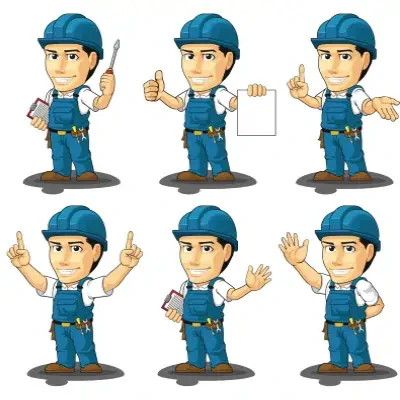Staying Cool in Summer Heat
Staying Cool in Summer Heat Improves Your Work Output and General Health
The first day of spring is just around the corner. In the Valley of the Sun that means higher temperatures are on the way. Our few months of milder temperatures are ending, and it is time to get ready for the heat. It’s time to make sure that your air conditioner is properly tuned up and ready to keep you cool through the long hot days of summer.
If your air conditioner is not keeping your home and remote workspace comfortable, your body and mind are likely not performing at peak output.
Peak Personal Performance
If you’re working from a home office, you are aware that your endurance and productivity is greater if the room temperature is in your comfort zone. A comfortable temperature not only supports good health, it makes you more efficient. A properly functioning air conditioner will keep your home comfortable, help your mind to think better and more clearly, and make your body function longer without fatigue. Whether it is remote working or doing daily home chores, you are more productive when you do your work without breaking a sweat.
There is widespread agreement among experts that a comfortable environment is important for healthy sleep. Our bodies cool down at night, and if it is too hot, we have trouble sleeping. After a night of poor sleep, we wake up tired and groggy. We move slower and have a stronger reaction to stressful situations. The ideal sleep temperature is considered to be around 65 degrees. For half of the year, the average night-time temperature in central Arizona is above 65 degrees and in the heat of summer it can easily be 15 to 25 degrees above the ideal sleep temperature.
The importance of your air conditioner to your overall health is not limited to the hot days of summer. Poor sleep conditions are bad for your health whenever they occur.
Timely Upkeep is Needed
Air conditioners are complex mechanical systems with many moving parts that need regular service to keep them in top operating condition and prevent future breakdowns. An air conditioning system that is kept in top condition will operate more efficiently, saving on utility costs. While all air conditioners have a limited lifespan, regular service will lengthen the life of a system and delay the need for replacement.
Much like the human body, an air conditioner that is not working properly should get quick attention. Small, easy-to-fix mechanical problems tend to grow into expensive breakdowns if not repaired quickly. The best way to extend the life and operating efficiency of an air conditioner is to get it serviced at least once a year. Don’t let a broken air conditioner just limp along in the early months of spring. When it gets even hotter and you really need it to work properly, the damage may be greater, the repair costs may be higher, and the availability of available HVAC technicians may be scarce.
Early spring is a good time to schedule an air conditioner tune-up. Contact Semper Fi Heating & Cooling for an air conditioner tune-up to improve your health and that of your air conditioning system.


